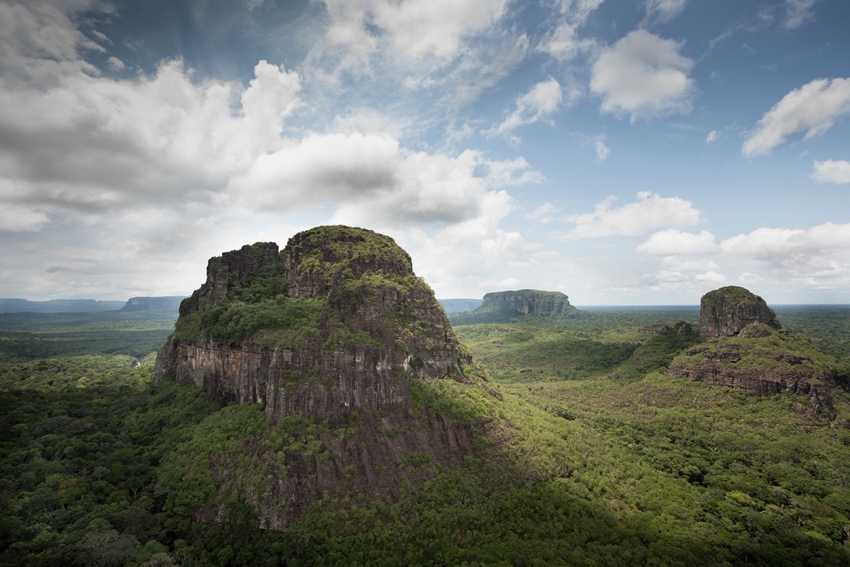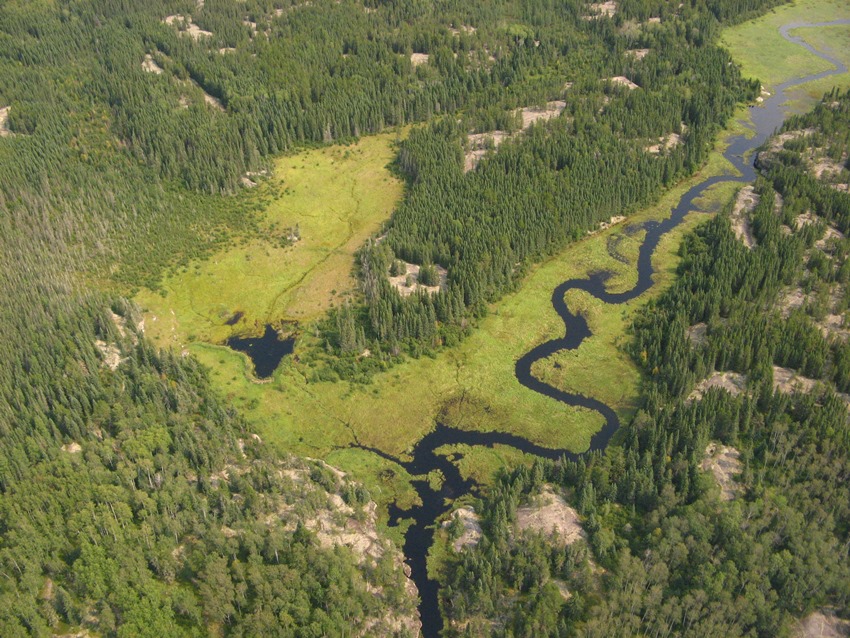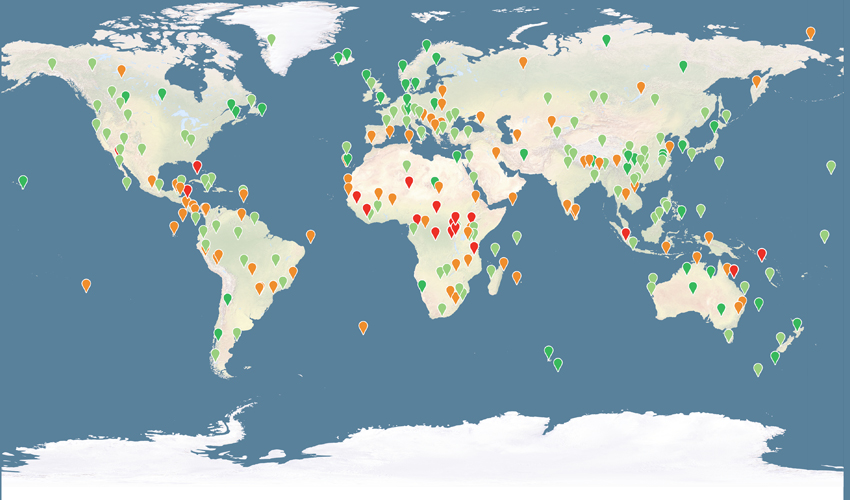IUCN recommends two vast indigenous peoples’ territories for World Heritage listing
Two very large areas in Canada and Colombia are recommended for inscription on the World Heritage List by the International Union for Conservation of Nature (IUCN), the official advisor on natural World Heritage. Both places highlight the important role of indigenous peoples living in and caring for the sites’ intact nature and ecological processes. If inscribed they would be among the planet’s largest World Heritage sites.
IUCN’s advice is part of a first set of reports released today by UNESCO for the World Heritage Committee, which will take decisions during its meeting from 24 June to 4 July in Bahrain. It includes evaluations of new candidate sites and monitoring reports on the state of conservation of listed sites. A second set of reports is due to be issued at the end of May.
For 2018, IUCN has evaluated nine nominations – proposals by countries to inscribe new World Heritage sites. Among seven evaluations issued today, IUCN has concluded that two sites – Pimachiowin Aki in Canada and Chiribiquete National Park in Colombia – meet the criteria for inscription under natural values. Both of these are proposed as “mixed” natural and cultural sites.
The close bond between people and nature
For millennia, the two sites recommended for inscription by IUCN have been the custodian territories of indigenous peoples, whose culture, livelihoods, identity and belief systems are interconnected with the natural landscape.
In Canada, Pimachiowin Aki includes the ancestral lands of four Anishinaabe First Nations and three provincial protected areas, expanding across 2.9 million hectares in the Canadian Boreal Shield. According to IUCN’s evaluation, this site is a landmark for World Heritage nominations, as in this case indigenous peoples have shown remarkable leadership and commitment to protecting their territories through the Convention.
The landscape reflects 7,000 years of a deeply interconnected relationship between people and land. The natural values of Pimachiowin Aki, which means “the Land that Gives Life”, are shaped by this long history of interaction. The land, water and other natural resources have been governed and managed collectively during this time. For example, the use of fire to open the forest canopy and favour certain natural resources, the manipulation of waterways, and traditional hunting, fishing and trapping have all influenced the site’s natural systems and processes.
Pimachiowin Aki’s remarkable size, intactness, and ecosystem diversity support iconic boreal species such as the woodland caribou, assessed as Vulnerable by the IUCN Red List of Threatened Species™, the moose, the wolf, the leopard frog and the Canada warbler.
Chiribiquete National Park – “The Maloca of the Jaguar” is Colombia’s largest national park spanning close to 2.8 million hectares. Located in the central Colombian Amazon, it is considered one of the most irreplaceable protected areas in the world for the conservation of mammals, birds and amphibians.
Indigenous communities, including voluntarily isolated groups living in inaccessible parts of the park, consider Chiribiquete to be an ancestral long house (or “maloca”) for jaguars. The species’ survival is thus as important for their cultural beliefs as it is for successful biodiversity conservation. The park is also home to iconic fauna such as the puma, the pink dolphin and the lowland tapir, which has a Vulnerable status.
Chiribiquete National Park had already been nominated in 2004, however security concerns made its evaluation unfeasible. Colombia’s current peace process has led to the cessation of armed conflict, enhancing the park’s protection.
Natural wonders under threat
IUCN’s recommendations released today also include reports monitoring the state of conservation of listed World Heritage sites. IUCN monitors between 55 and 60 natural sites each year, in conjunction with UNESCO’s World Heritage Centre. Thirty-seven of IUCN’s 2018 reports are now publicly available with about 20 more to be issued in two weeks.
The reports show that, despite their high-level international recognition, natural World Heritage sites continue to face severe pressure, including from infrastructure developments, invasive species, climate change, unsustainable tourism and wildlife poaching.
The monitored sites include iconic places such as Iguazu/Iguaçu Falls in Argentina and Brazil, Lake Baikal in Russia and the Okavango Delta in Botswana.
All IUCN reports and evaluations can be accessed on www.iucn.org/42whc.





